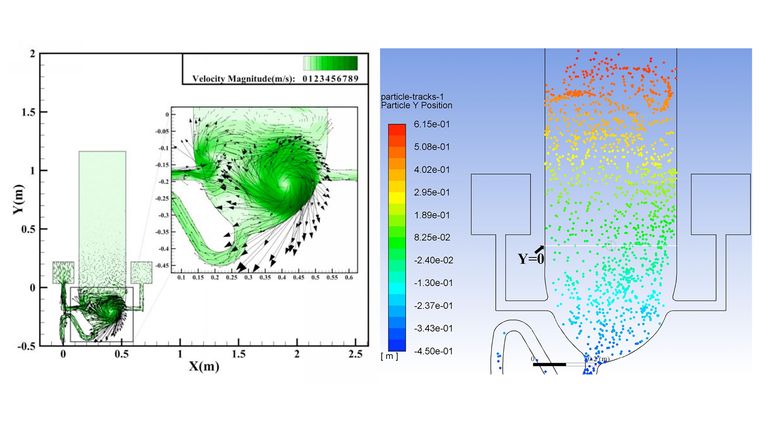Flushing the toilet can create an aerosol cloud of coronavirus droplets more than a metre high which can be inhaled by others, spreading the infection, new research warns.
Physicists specialising in fluid dynamics are warning about the transmission method following studies which found
coronavirus
particles surviving in the faeces of the infected.
The danger that
COVID-19
could be transmitted through the common use of toilets could impact how workplaces, restaurants and bars re-open as the world leaves lockdown.
According to the researchers, flushing things down the loo doesn't necessarily mean that they are simply leaving the premises.
Instead the enormous turbulence caused by flushing water can spread bacteria and viruses, although the public appears to be largely unaware of this infection pathway.
Precise computer models were used to simulate water and air flows in a flushing toilet, and the resulting droplet cloud, in a study published in the journal Physics of Fluids.
The investigators tested a standard set of fluid dynamic formulas to simulate flushing in toilets with one and two inlets for flushing water.

Image:Flushing the loo could cause aerosol virus particles to be inhaled
"The results of the simulations were striking," said the American Institute of Physics, which published the journal.
It found that as water pours into the toilet bowl is creates a number of vortices which continue upward into the air above the bowl, carrying droplets to a height of nearly three feet.
At this height the droplets are very likely to be inhaled or to settle on another surface in the lavatory.
What's more, these droplets are so small they actually float and hang in the air for more than a minute - and for toilets with multiple inlets for flushing water, the distance is even greater.
"One can foresee that the velocity will be even higher when a toilet is used frequently, such as in the case of a family toilet during a busy time or a public toilet serving a densely populated area," said co-author Ji-Xiang Wang, of Yangzhou University.
One key way to prevent this deadly problem is to close the toilet lid before flushing which will decrease the aerosol spread.
But in many countries, including the US, toilets in public restrooms often don't have lids - posing a serious hazard to public health.
The researchers suggest a better toilet design would include a lid which automatically closed before flushing.
 简体中文
简体中文

